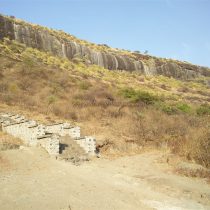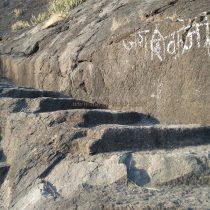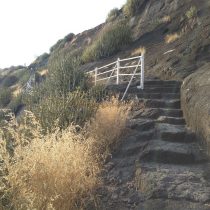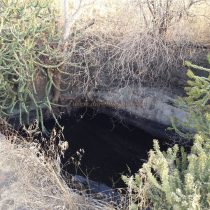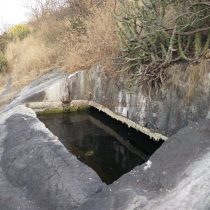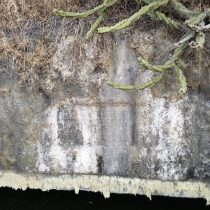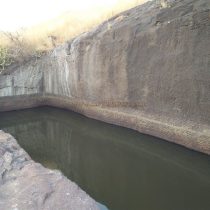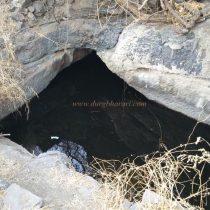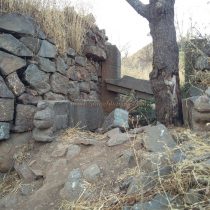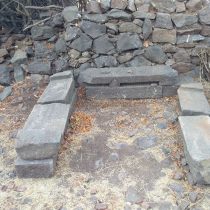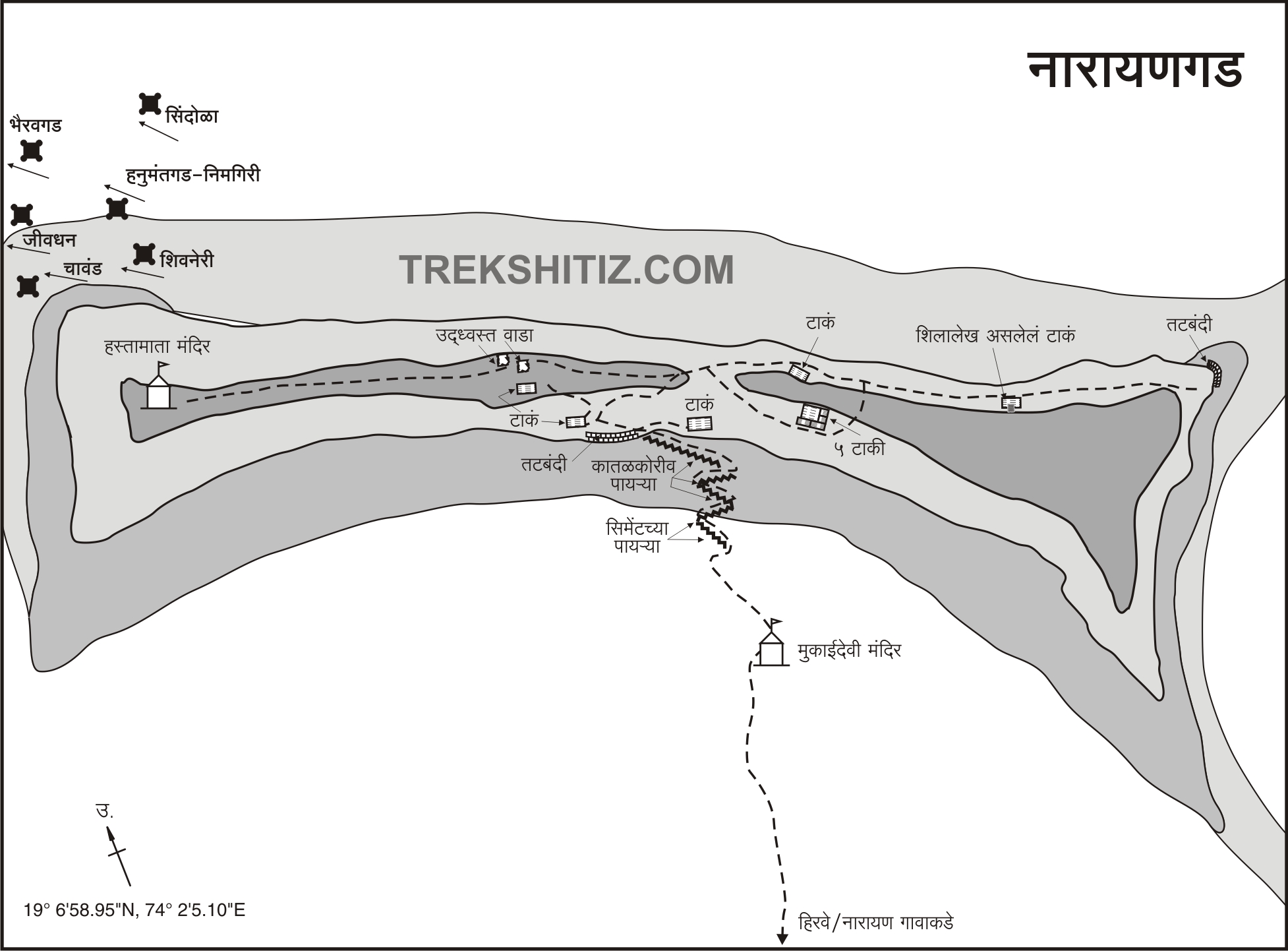NARAYANGAD
TYPE : HILL FORT
DISTRICT : PUNE
HEIGHT : 2710 FEET
GRADE : MEDIUM
Narayangaon in the Pune district is known as the Pandhari of Tamasha. The fort of Narayangad is situated on a hill slightly different from the main mountain range in the plains to the north of Narayangaon in Junnar taluka. Narayangad should be an important fort for surveillance as it is situated in the middle of a flat area close to Junnar Bazaar and Naneghat. Looking at the steps and water cistern carved in the rock of the fort, this fort must have been built during the ancient period. To reach Narayangad, first reach Narayangaon from Mumbai-Pune. A road is constructed in front of Narayangaon ST station. At a distance of 9 km from this road, the road on the left leads from Gadachiwadi, a village at the base of the fort, to Mukai Devi temple. The distance from Narayangaon to Mukai Devi temple is about 11 km. The hill of the fort is divided into two parts east and west and the height of the fort from the sea level is 2640 feet.
...
From the Mukai Devi temple, the newly constructed cement steps lead to the fort. As you walk along with these cement steps, you see another staircase carved into the rock. Along these steps, holes are carved for laying walls. After climbing these steep steps, you enter the fort. The gate of the fort here has been destroyed. When this door existed, it is mentioned that there were idols of Narayana and pictures of musical instruments carved on it. Half an hour is enough to reach the fort from the foothills. Upon entering the fort, two peaks are visible on the right and left sides. There is a Hastamata temple on the left side of the hill. Machi of both these peaks and the hill in the middle are divided into two parts and from both the Machi of the peak, the upper hill can be reached. The fort is steep and is spread over an area of 20 acres. Due to the temple, the locals are flocking to the fort and the footpaths are visible. Although the height of Narayangad is not high in terms of protection, the fort is not fortified as it is protected by natural cliffs on three sides. Upon entering the fort, you would start the fort round from the hill on the right without going to the temple. While on this path, you see a water cistern. Moving ahead from this cistern, you can see another cistern on the slope. These cisterns are pillared and above it is a worn-out Devanagari inscription. This cistern is known as Narayan Take. The idol of Narayana was found in the cistern on the fort in 1830. There is a secret door hidden in the bushes on the side of the valley next to this cistern, but it is not accessible as there are a lot of bushes growing there, and the way to get there is dangerous. From here onwards, there are no remains, and this straight path leads to the bastion at the eastern end of the fort. At this point, you can see the remains of bastions and ramparts. From here, climb the hill in front. The entire fort is visible from this hill. From here, as you start descending towards the Hastamata temple, you can see the remains of houses hidden in the grass on the way. Looking down at the remains, one can see a group of five water cisterns in a row on the north side of the fort. After seeing the group of cisterns, we come to the steps leading to the fort below. There is a huge cistern measuring 20 x 15 feet in the rock. The fortifications in front of this cistern still have some remnants. After seeing these cisterns, we come to the place where we enter the fort. This is where the tour of one side of the fort ends. Now the other side of Narayangad with Hastamata temple can be seen in front. Two footpaths are leading to the peak. One way goes up on the right side while the other way goes down in the trees on the left side. After descending this path, you can see the water cistern carved in the rock. The water in it is drinkable. After seeing this cistern, we come back to the original path and see another newly cleaned but dry cistern. Five to ten steps away from here are the remains of a mansion on the right. It has two arched stone carvings and a beautiful small idol of Lord Ganesha. On the backside of the fort, you can see a quadrangle structure and partially collapsed walls of the fort. From the back of the fort, you can take a detour to the Hastamata temple at the peak and go to the Machi area under the peak. There are two water cisterns in this area and one of them has extinguished with soil. The villagers have built a new cement temple on the original stone temple of Hastamata. The four feet high sanctum sanctorum of the temple has an idol of the goddess and a stone deepmal in front of the temple. Looking at the fort from the heights of the temple, one can see the entire area of the fort and its surroundings. This is where your fort round ends. It takes two hours to see the entire fort. If we look at the history of the fort, even though the fort was built during the ancient period, it is first mentioned during the Peshwa period. From 1605, Junnar province belonged to Maloji Raja. Shahaji Raja changed his job many times but did not relinquish control of the area from Junnar to Chakan. Junnar province included Narayangad and Khodad villages. The fortifications of the fort were built during the reign of Balaji Vishwanath and the rest of the construction was completed during the reign of Nanasaheb Peshwa. The first Bajirao Peshwa had a close relation with Narayangad. The letters mention that after the death of Balaji Vishwanath when Chhatrapati Shahu handed over the reins of Peshwa to Bajirao, Narayangaon and Narayangada were also given to him for military expenses. The fort was given to Sayaji Pawar by the Peshwas for military expenses. Balaji Bajirao was also known as Nanasaheb. During the reign of Peshwa, Sadashivrao Bhau was in charge of the financial affairs of the Peshwa. The fort was extensively destroyed by the British in 1820. An idol of Narayana was found in a cistern here in 1830 but the whereabouts of the idol is still unknown. In 1942, Mahatma Gandhi's Quit India Movement received a spontaneous response from this village. The villagers along with former police Late Ravji Patil Kale and Shri Bala Patil Gaikwad had hoisted the national flag at Narayangad. Despite being close to Mumbai-Pune, this fort is neglected by trekkers.
© Suresh Nimbalkar

